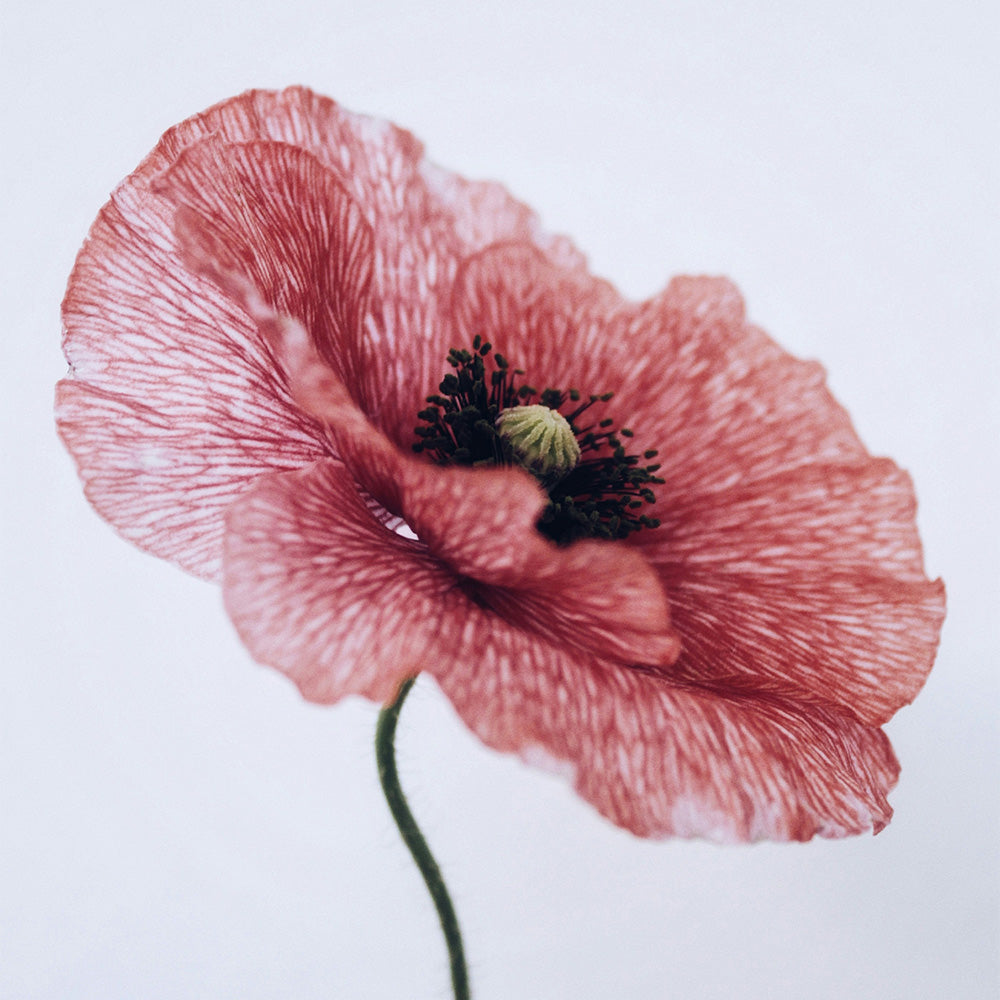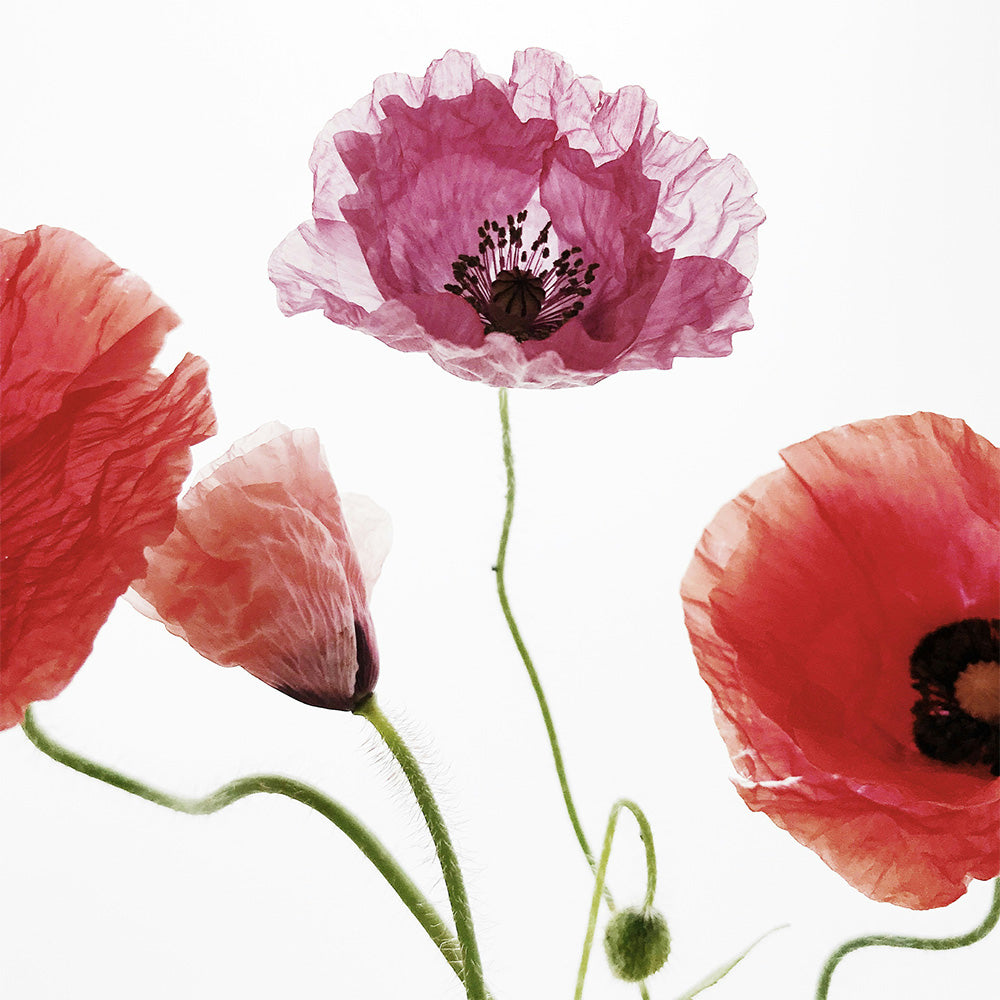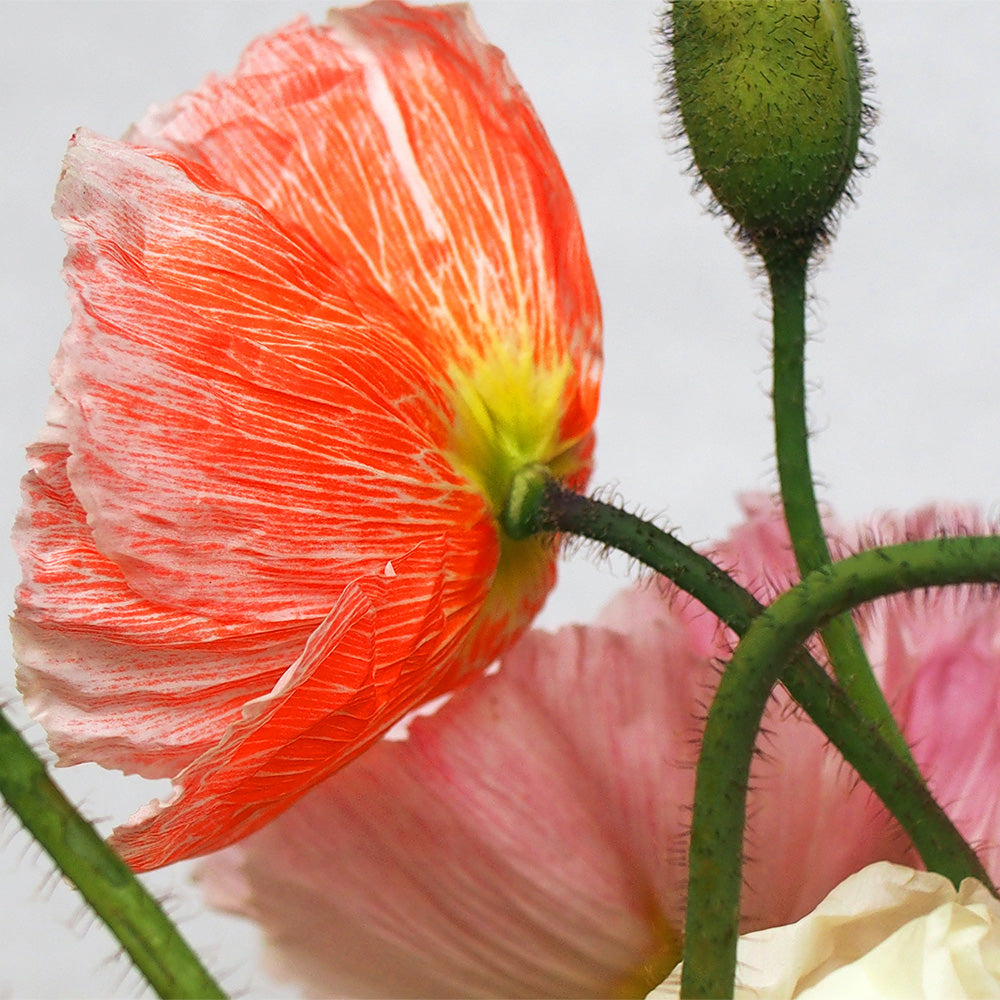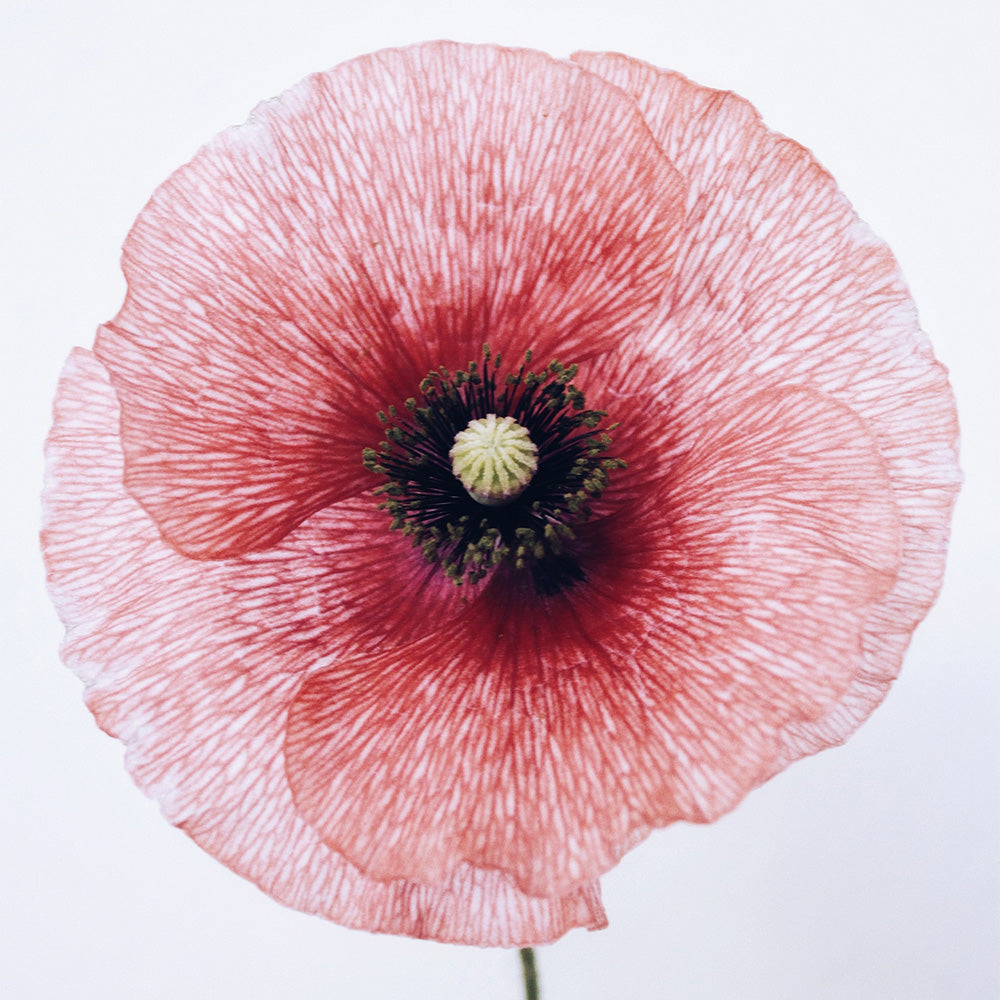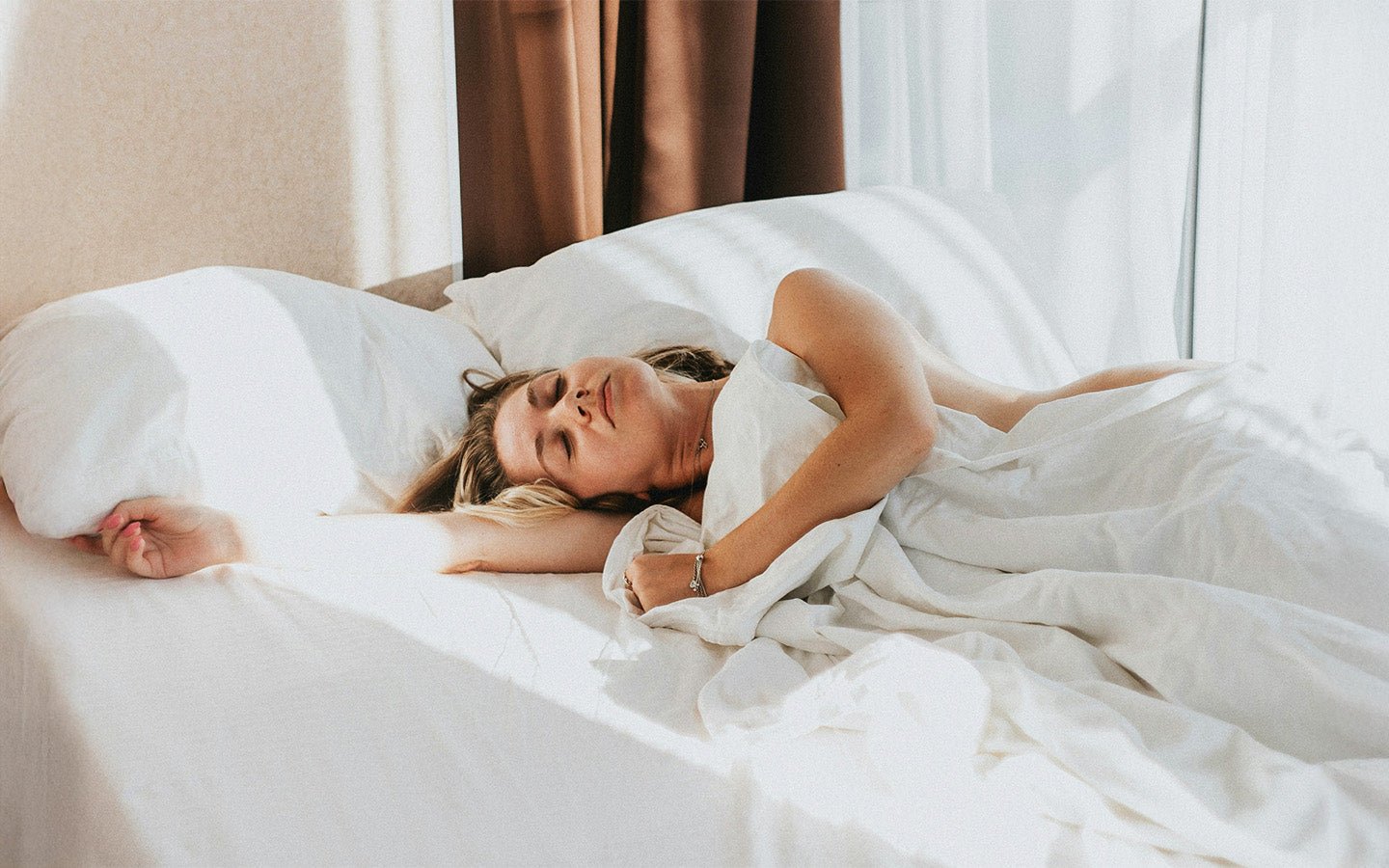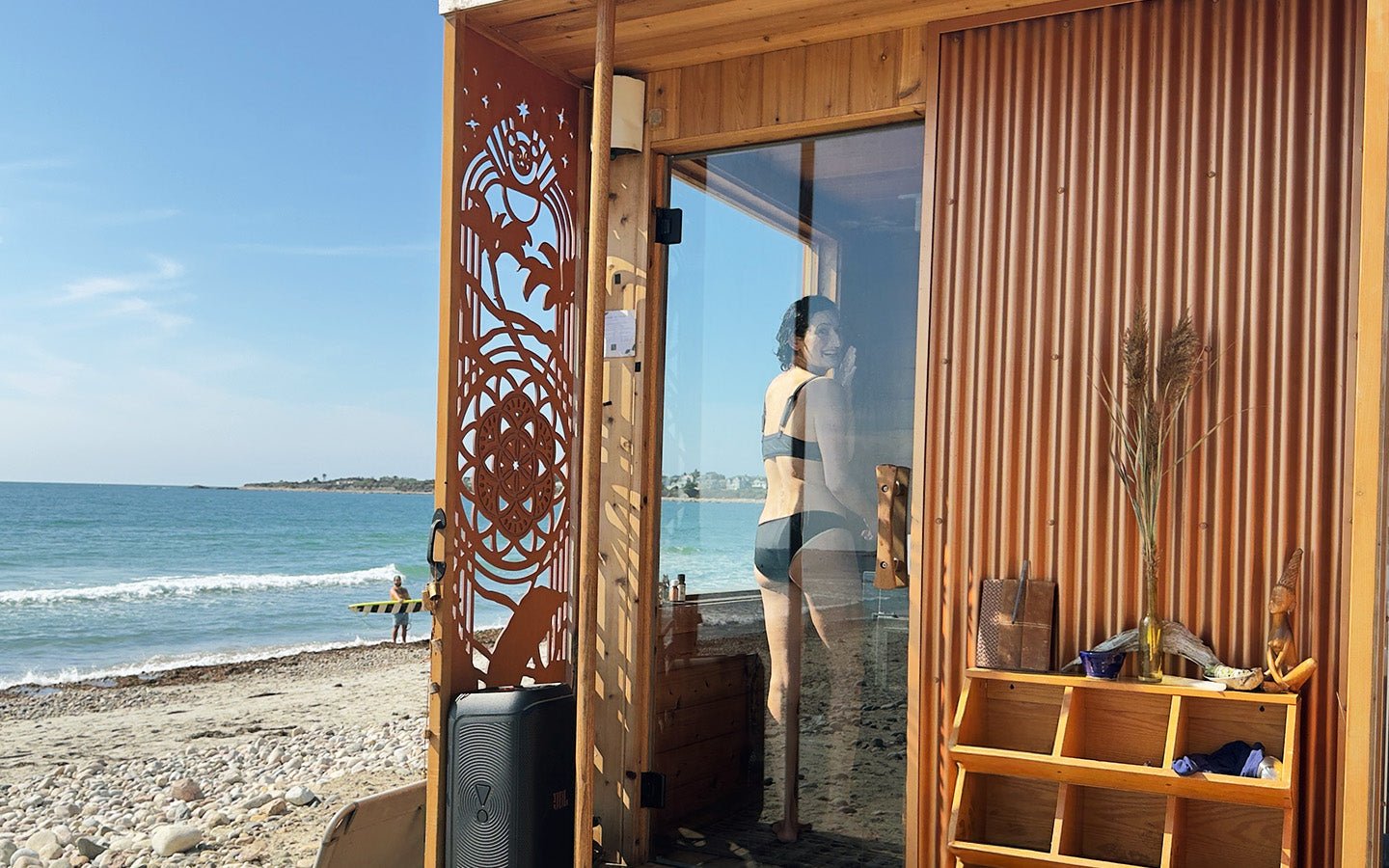
Effective Natural Remedies for Cramps Relief
Key Highlights
- Explore effective ways to relieve menstrual cramps, like acupressure, heat therapy, and gentle stretching.
- Learn how staying hydrated and changing your diet can help lessen cramps.
- Know that key nutrients and foods that fight inflammation can help stop cramps from happening.
- Look into mind-body techniques like meditation and yoga to manage cramps better.
- Discover long-term methods like regular exercise and managing stress to prevent cramps.
Introduction
Menstrual cramps, medically known as dysmenorrhea, can significantly impact daily life for many women. This condition, characterized by pain in the lower abdomen and lower back, comes in two forms: primary dysmenorrhea, which can be mild, and secondary dysmenorrhea, which is often more severe.
While dysmenorrhea can be challenging, numerous natural remedies offer relief from this discomfort. These include acupressure, heat therapy, dietary modifications, and mind-body techniques. This article delves into various approaches to alleviate cramps and enhance overall well-being, providing practical strategies for managing menstrual pain effectively.
Understanding Cramps and Their Impact on Daily Life
Menstrual cramps, which are often called period pain, can greatly affect daily life. These cramps happen because the uterus tightens to get rid of its lining. This often leads to pain in the lower abdomen and lower back. The pain can be mild for some and very strong for others. If the cramping is severe, it could be a sign of an underlying condition like pelvic inflammatory disease or uterine fibroids, and it may need medical help. Finding ways to manage cramps well is important for improving the quality of life for those who deal with this monthly discomfort.
The Science Behind Why Cramps Occur
Muscle cramps happen when muscles tighten. Women experience menstrual cramps because of a substance called prostaglandins released in the uterus. This makes the uterus contract more. This type of pain is called primary dysmenorrhea, or period pain. It happens due to high levels of prostaglandins. This process helps the uterus get rid of its lining.
Sometimes, conditions like uterine fibroids or pelvic inflammatory disease (PID) can make cramps worse. It is important to understand why cramps happen. This knowledge can help with finding the right treatments and managing pain better.
Different Types of Cramps and Their Symptoms
Primary dysmenorrhea, often called menstrual cramps, causes pain in the lower abdomen. This pain can spread to the lower back and thighs. It happens because of uterine contractions triggered by prostaglandin release.
In contrast, secondary dysmenorrhea points to other problems, like pelvic inflammatory disease or uterine fibroids. Symptoms can include severe cramps that don’t go away with over-the-counter pain relievers.
There may also be heavy bleeding and irregular periods. Knowing which type of cramps you have can help in choosing the right treatment for good relief.
Natural Remedies for Immediate Relief from Cramps
Acupressure and heat therapy are powerful techniques for easing menstrual cramps.
Using a heating pad or enjoying a warm bath can quickly soothe discomfort by relaxing muscles and boosting blood flow.
Likewise, engaging in gentle exercises like walking or stretching can alleviate pain by triggering the release of endorphins, the body's natural painkillers.
Staying well-hydrated is also essential in preventing cramps. Drinking warm liquids, such as hot water or herbal teas, can provide a calming effect on the lower abdomen.
These straightforward home remedies offer swift relief from painful cramps and can greatly enhance comfort during menstruation.
Acupressure for Relieving Cramps
Acupressure is an alternative therapy derived from traditional Chinese medicine, which is used to alleviate menstrual cramps by stimulating specific acupressure points on the body.
Here are some key acupressure points that are commonly recommended for relieving period cramps:
- Spleen 6 (SP-6 or Sanyinjiao): This point is located on the inner side of the leg, about four finger widths above the ankle bone. It is known for its effectiveness in reducing menstrual pain and regulating the menstrual cycle. SP-6 is a powerful point that intersects the spleen, liver, and kidney channels, making it beneficial for overall reproductive health.
- Liver 3 (LV-3 or Tai Chong): Found on the top of the foot, between the big toe and second toe, LV-3 is effective in alleviating menstrual pain, especially related to liver Qi stagnation. It also helps with emotional symptoms such as irritability and anxiety associated with PMS.
- Large Intestine 4 (LI-4 or Hegu): Located in the webbing between the thumb and index finger, this point is versatile and can help with various types of pain, including menstrual cramps. It is also used for headaches and stress relief but should be avoided during pregnancy as it can induce labor.
- Spleen 8 (SP-8 or Diji): This point is found on the inner leg, about five finger widths below the knee joint. It is used to alleviate menstrual cramps and is often employed in conjunction with other points to regulate the menstrual cycle.
- Kidney 5 (KI-5): Located about one finger-width below the inner ankle bone, this point is used for acute menstrual issues such as painful periods and irregular cycles.
- Neiguan (P-6): Situated on the inner wrist, three finger-widths from the crease, this point helps alleviate nausea and vomiting, which can accompany menstrual cramps.
Acupressure is a non-invasive, cost-free method that can be done at home. It works by promoting the flow of Qi (vital energy) and releasing endorphins, the body's natural painkillers, to reduce pain and relax the uterine muscles.
Apply firm pressure to these points for 1-2 minutes and repeating as needed throughout the day.
The Power of Heat Therapy
Heat therapy is a popular natural way to help with menstrual cramps. It works by increasing blood flow and relaxing the muscles in the lower abdomen. You can use a heating pad or warm bath for this treatment.
The heat helps to lessen the pain feeling and how long it lasts. This method works well for both primary dysmenorrhea and secondary dysmenorrhea, making life better during menstruation. Research shows that heat therapy is safe and useful for reducing period pain.
Gentle Exercise Routines to Alleviate Pain
Engaging in gentle exercise is a good way to ease cramp pain. Activities like walking and gentle stretching can help by increasing blood flow to the lower abdomen and back. This can relieve muscle tension.
These exercises also release endorphins, which are natural painkillers the body makes. This can lessen the cramps' intensity. Moreover, regular gentle exercises can boost overall muscle strength and flexibility. This may help reduce how often cramps happen and how bad they feel over time.
Hydration: How Water Intake Can Help
Dehydration can make cramps worse, so it's very important to drink enough water. Water helps your blood flow and muscle activity, which may lessen how strong and how long the cramps last.
Staying hydrated can also help reduce bloating and water retention linked to menstrual cramps. Drinking warm water with lemon or herbal teas can give you extra relief and help you stay hydrated. Remember, water has a big effect. It’s an easy and powerful way to help your body when you're in pain.
Read my hydration guide here: The Ultimate Guide to Staying Hydrated
Dietary Changes and Supplements for Cramp Relief
Essential nutrients help prevent cramps. Include foods high in magnesium and calcium in your meals for better muscle health. You should also add anti-inflammatory foods like turmeric or leafy greens to reduce pain. Herbal teas, such as chamomile, can help with menstrual pain relief. T
aking Vitamin E supplements may lower how severe your cramps are. Eating a balanced diet that has omega-3 fatty acids from fish or flaxseed can also help manage cramps well. Making changes to your diet can greatly support cramp relief and improve your overall well-being.
Essential Nutrients and Their Role in Cramp Prevention
Making sure your body gets the important nutrients it needs is key to stopping cramps. Magnesium helps your muscles work well and can reduce the strength of cramps. Calcium helps with muscle contractions and how your nerves send signals, which also helps prevent cramps.
Potassium is important for your muscles to function properly, so it helps prevent muscle cramps too. Including these nutrients in a balanced diet or through supplements can really lower how often cramps happen. Eating more of these important nutrients is a smart way to lessen the pain from cramps.
Anti-inflammatory Foods to Incorporate into Your Diet
Green leafy vegetables, like spinach and kale, are full of antioxidants. They can help with inflammation. Fatty fish, such as salmon and mackerel, have omega-3 fatty acids, which are good for reducing inflammation too.
Berries, especially blueberries and strawberries, are high in antioxidants that can fight inflammation. Turmeric is a spice found in many curry dishes. It has a compound called curcumin, which helps reduce inflammation.
Adding these foods to your meals can help manage cramps and support overall health.
Wild Yam Has a Long History of Being Used to Relieve Cramps
The use of wild yam (Dioscorea villosa) for relieving cramps has a long history rooted in traditional medicine practices. Indigenous peoples in North and Central America have utilized wild yam for centuries, primarily for its pain-relieving properties. It was known to be effective in treating colic, rheumatism, and menstrual cramps.
Wild yam is believed to possess antispasmodic properties, which can help reduce muscle spasms and cramps. This makes it a popular choice for managing menstrual cramps and other muscle-related pains associated with premenstrual syndrome (PMS).
While there is anecdotal and traditional support for the use of wild yam in relieving cramps, scientific evidence is limited. The body cannot convert diosgenin into hormones like estrogen or progesterone without laboratory intervention, which means the direct hormonal effects of consuming wild yam are not scientifically proven. Therefore, while some users report relief, these effects may vary, and more research is needed to confirm these benefits.
Herbal Teas and Their Benefits for Menstrual Cramps
Herbal teas can help reduce menstrual cramps. Some teas, like chamomile, help relax the uterus. This can ease pain and discomfort. Ginger tea has anti-inflammatory benefits. It also lowers prostaglandin levels, which cause muscle contractions.
Peppermint tea helps relax muscles and can ease severe cramping. Raspberry leaf tea is great for regularizing irregular periods and reducing heavy bleeding. Adding these herbal teas to your daily routine can help manage menstrual pain and improve your quality of life.
The Role of Mind-Body Techniques in Managing Cramps
Meditation and deep breathing exercises are great ways to help manage cramps. They can lower stress and help you relax. Certain yoga poses, like the child's pose or cobra pose, can focus on painful areas and improve blood flow.
By adding mind-body techniques to your daily routine, you can ease painful cramps and feel better overall.
Introduction to Meditation and Deep Breathing Exercises
Meditation and deep breathing exercises can help manage menstrual cramps naturally. When you focus on your breath and practice mindfulness, you can lower stress levels.
This stress can make cramping worse, so reducing it helps. Meditation encourages relaxation and decreases muscle tension in the lower abdomen. Deep breathing gives your body more oxygen, which can relieve pain.
These methods can improve your overall well-being. They may also reduce how strong and how long your cramps last. Adding meditation and deep breathing to your daily routine can help you handle menstrual cramps more easily.
Read my meditation guide to learn more: How to Start a Meditation Habit
Yoga Poses Specifically for Cramp Relief
Gentle yoga poses can really help ease menstrual cramps and promote relaxation. Poses like Child's Pose, Cobra Pose, and Supine Twist can reduce pain and discomfort in your lower abdomen and lower back.
These poses stretch the body gently and improve blood flow to the pelvic area. This helps lessen the cramps. Adding yoga to your routine may also lower your stress levels, which can help reduce cramps in the long run.
Yoga offers a complete way to find relief, focusing on both your body and mind.
The Benefits of Essential Oil Massage
Essential oil massage is a natural way to treat cramps. It uses the healing benefits of essential oils and the soothing effects of massage.
Applying gentle oils like Roman chamomile, lavender, marjoram, clary sage, and rose geranium on the skin can help ease menstrual pain and make you feel relaxed.
These essential oils can lower pain intensity and reduce muscle contractions in the lower abdomen, giving relief from severe cramping. The scent of the oils also makes the experience better, helping you feel calm and good when you are in pain.
Long-Term Strategies to Prevent Cramps
Preventing cramps effectively requires a combination of lifestyle changes that focus on overall well-being. Regular exercise plays a crucial role in this strategy, as it helps reduce stress—a known trigger for cramps—and enhances blood circulation.
Equally important is ensuring adequate sleep; insufficient rest can increase the frequency and severity of cramps. By integrating these adjustments into daily routines, individuals can experience a reduction in both the occurrence and intensity of cramps, ultimately leading to an improved quality of life over time.
Regular Acupuncture For Long Term Relief from Cramps
Regular acupuncture sessions can be a viable long-term strategy for preventing cramps, particularly those associated with menstrual pain, known as dysmenorrhea. Several studies have indicated that acupuncture can effectively reduce menstrual pain and associated symptoms:
- Pain Reduction: Acupuncture has been shown to reduce the intensity and duration of menstrual cramps significantly. A study found that manual acupuncture could reduce period pain by up to 50%. Another systematic review concluded that acupuncture might be more effective than nonsteroidal anti-inflammatory drugs (NSAIDs) in reducing menstrual pain.
- Improvement in Associated Symptoms: Acupuncture not only alleviates cramps but also helps with secondary symptoms such as headaches, nausea, and mood swings. It promotes optimal blood flow and hormonal balance, which can help reduce the severity of these symptoms.
- Long-Term Benefits: Regular acupuncture sessions can lead to long-term improvements in menstrual health. Over time, acupuncture can help regulate the menstrual cycle, reduce pain, and improve overall reproductive health
Importance of Regular Physical Activity
Engaging in regular exercise is very important to manage cramps. It helps improve blood flow, which can make pain shorter and less intense. Physical activity also helps release endorphins, which are natural pain relievers in the body. This boosts overall well-being. Keeping a healthy weight through exercise may also lower how often you get cramps. Simple activities like yoga or brisk walking can help relieve cramps. They do this by relaxing the muscles in the lower abdomen and back, giving you comfort from the pain.
Managing Stress Levels to Reduce Cramp Occurrence
Stress can make cramps worse because it affects hormones, which increases pain. Practices that connect the mind and body, such as meditation and deep breathing, can effectively lower stress and help reduce cramps.
If you include these stress-reducing methods in your daily life, you can lower your body's overall tension and possibly ease cramps. Also, keeping a good balance between work and personal life and doing things you enjoy can help reduce stress more.
This gives you a complete way to handle cramps. Taking time to relax and relieve stress is important for reducing how often and how strong cramps can be.
Sleep Hygiene and Its Impact on Cramps
Good sleep hygiene is important for handling cramps. When you do not get enough sleep, it can mess with your hormones and make your cramps worse. Sleep problems can raise inflammation and pain, making cramps feel more intense.
Taking time for quality rest helps your overall health. It can also help manage pain and lower the chances of severe cramps. Having a bedtime routine and a nice sleeping space can improve how you feel during cramps. Getting enough good sleep is key in managing cramps well.
When to Seek Medical Advice for Cramps
It is very important to get medical help for cramps if you have severe pain, heavy bleeding, or other strange symptoms. If your cramps keep happening and take over your daily life or get worse as time goes by, you should pay attention to them.
Talking to a healthcare professional is always a good idea when natural remedies or over-the-counter pain relievers aren't helping. Severe cramping may come from things like pelvic inflammatory disease or uterine fibroids, so you should see a doctor quickly.
It's better to be proactive in dealing with any worries about how intense and how long your cramps last.
Recognizing the Signs That It's More Than Just Cramps
It is important to tell the difference between normal menstrual cramps and possible health issues. Watch for signs like very strong pain, heavy bleeding, cramps that last longer than usual, or pain in your upper thighs and lower back. These could be signs of something more serious than common cramps.
Also, keep an eye out for irregular periods, ongoing pelvic pain, or cramps that happen outside of your menstrual cycle. If you notice these symptoms, it is a good idea to see a healthcare provider. They can help check for more serious problems like pelvic inflammatory disease or uterine fibroids.
What's Next?
Incorporating natural remedies for cramps can greatly enhance the quality of life for people who deal with menstrual pain. There are many ways to ease cramps, like using acupressure, heat therapy, making dietary changes, and practicing mind-body techniques.
While home remedies can provide relief, it's important to talk to a doctor if cramps are severe or last a long time. This could mean there is an underlying condition. By combining traditional medicine and alternative therapies, people can manage cramps better and improve their overall well-being.
Frequently Asked Questions
What's the Most Effective Home Remedies for Quick Cramp Relief?
Acupressure can easily be done at home or in the office. It works by promoting the flow of Qi (vital energy) and releasing endorphins, the body's natural painkillers, to reduce pain and relax the uterine muscles.
Also, using a heating pad is a helpful DIY remedy for quick relief from cramps. The heat can relax your muscles and reduce discomfort fast. Heat therapy is an easy and effective way to feel better from cramps quickly.
Can Changing My Diet Really Help Reduce Cramps?
Making changes to your diet can help reduce cramps a lot. Eating foods that fight inflammation, drinking enough water, and getting the right nutrients can stop and ease cramps. Herbal teas and a balanced diet are very important for managing cramps well.
Are There Any Risks Associated with Using Essential Oils for Cramps?
Potential risks of using essential oils for cramps include skin irritation, allergic reactions, and problems with medications. Always make sure to dilute the oils correctly and do a patch test first. It’s a good idea to talk to a herbalist or acupuncturist before using them.

